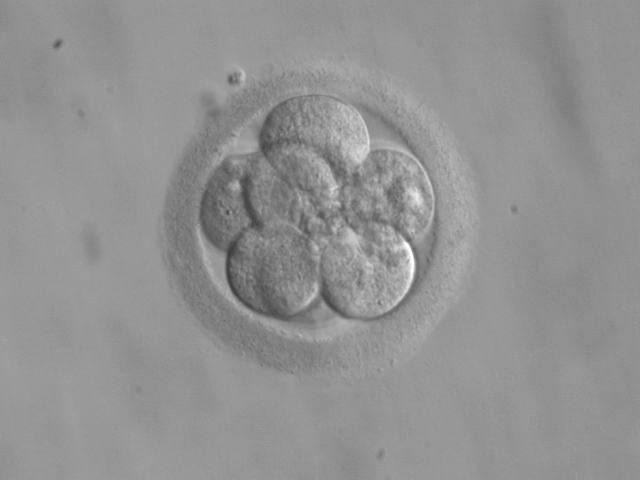Aggregated News

Debates about when and how to use the tool in humans take on new urgency
Scientists reported selectively altering genes in viable human embryos for the first time this year. For nearly five years, researchers have been wielding the molecular scissors known as CRISPR/Cas9 to make precise changes in animals’ DNA. But its use in human embryos has more profound implications, researchers and ethicists say.
“We can now literally change our own species,” says Mildred Solomon, a bioethicist and president of the Hastings Center, a bioethics research institute in Garrison, N.Y.
CRISPR/Cas9 is a bacterial immune system (SN: 4/15/17, p. 22) turned into a powerful gene-editing tool. First described in 2012, the editor consists of a DNA-cutting enzyme called Cas9 and a short piece of RNA that guides the enzyme to a specific spot that scientists want to edit. Once the editing machinery reaches its destination, Cas9 cleaves the DNA. Cells can repair the break by gluing the cut ends back together, or by pasting in another piece of DNA. Scientists have developed variations of the editor that...



